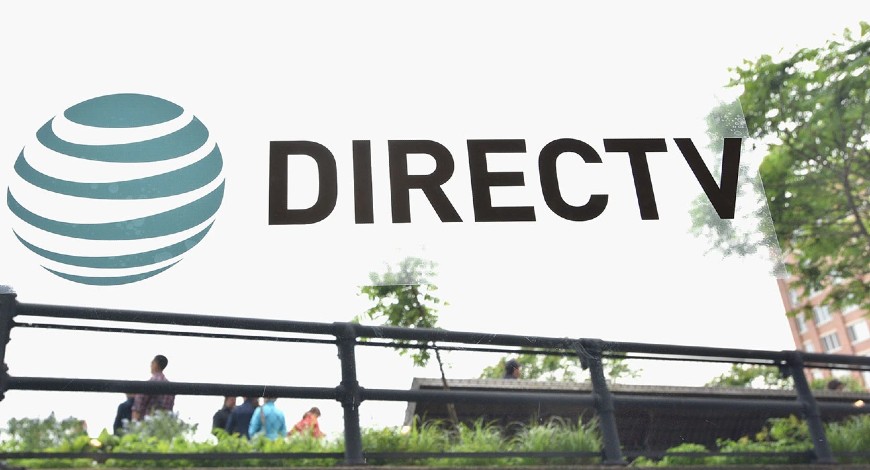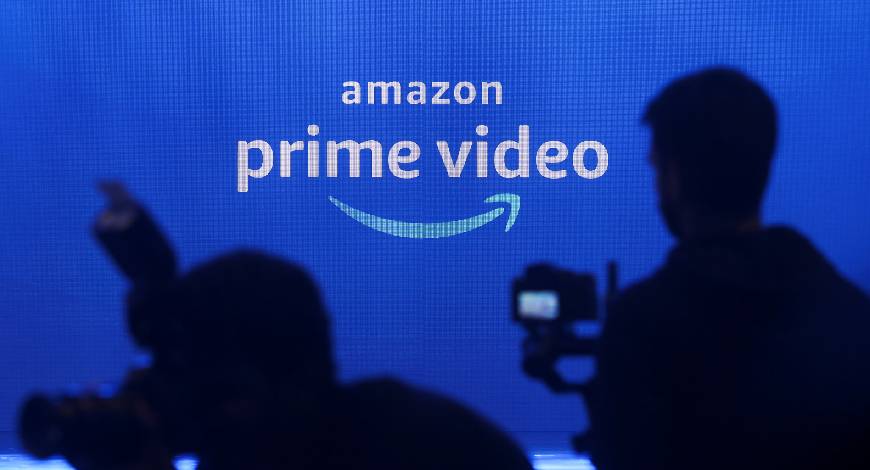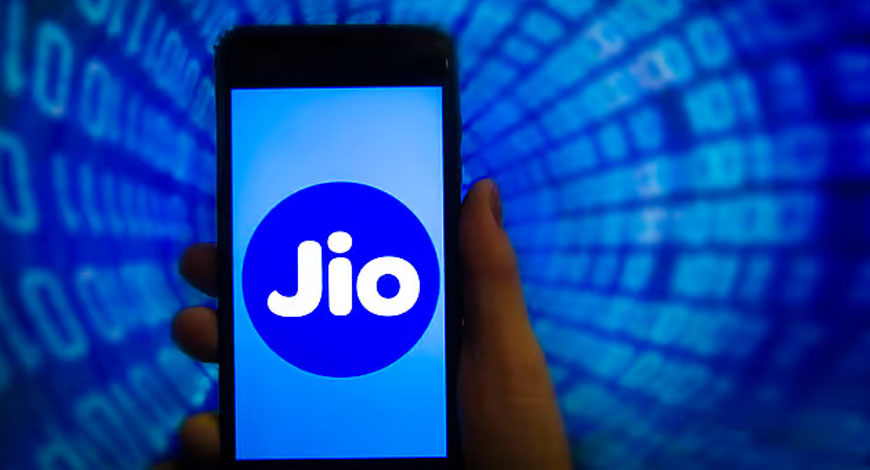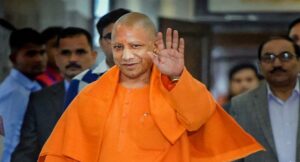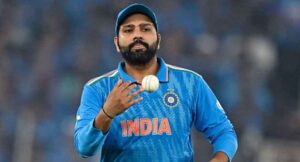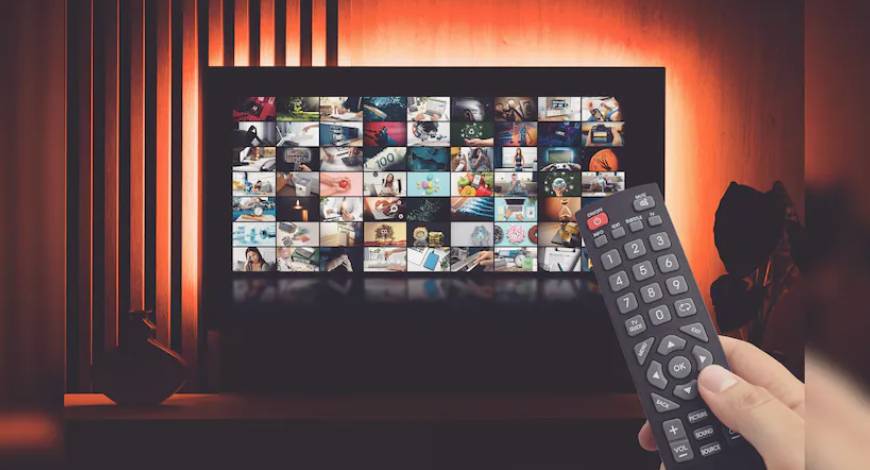AT&T Inc. announced Wednesday it has completed the sale of its entire remaining 70% stake in DIRECTV to TPG Capital, the private equity platform of global alternative asset management firm TPG.
The transaction, which was previously announced, marks AT&T’s complete exit from the satellite television business. Financial details of the deal were not disclosed in the company’s statement.
This divestiture follows AT&T’s earlier partial sale of DIRECTV to TPG, which had already owned a minority stake in the satellite TV provider.
The sale aligns with AT&T’s ongoing strategy to focus on its core telecommunications business, including its wireless and internet service operations.
AT&T currently provides connectivity services to more than 100 million U.S. customers and nearly 2.5 million businesses across the country, according to information provided in the company’s press release statement.
The telecommunications giant has been streamlining its portfolio in recent years, divesting assets outside its primary focus areas.
TPG Capital, which now gains full ownership of DIRECTV, is the U.S. and European private equity platform of TPG, a global alternative asset management firm.
In other recent news, AT&T has been in the spotlight with several notable developments. The company announced a quarterly dividend of $0.2775 per share, payable on August 1, 2025, to shareholders of record as of July 10, 2025. AT&T is also involved in a significant legal matter, having received preliminary approval for a $177 million settlement to resolve data breach lawsuits that exposed personal information of millions of customers. In strategic moves, AT&T is focusing on growth by acquiring Lumen’s Mass Markets fiber internet business, aiming to expand its fiber and 5G services across the U.S. This acquisition is expected to close in the first half of 2026.
Additionally, AT&T’s CFO, Pascal Desroches, will discuss the company’s multi-year growth strategy at the Mizuho Technology Conference, reaffirming financial guidance for 2025. Despite public criticism from President Donald Trump regarding service reliability, AT&T shares have maintained their upward trend. The company’s efforts to expand its network capabilities and enhance customer experience remain a priority. Furthermore, AT&T has declared dividends on its preferred stock, with payments also scheduled for August 1, 2025. These recent developments highlight AT&T’s ongoing focus on strategic growth and shareholder returns.
Should you invest $2,000 in T right now?
Before you buy stock in T, consider this: ProPicks AI are 6 easy-to-follow model portfolios created by Investing.com for building wealth by identifying winning stocks and letting them run. Over 150,000 paying members trust ProPicks to find new stocks to buy – driven by AI. The ProPicks AI algorithm has just identified the best stocks for investors to buy now. The stocks that made the cut could produce enormous returns in the coming years. Is T one of them? Investing
